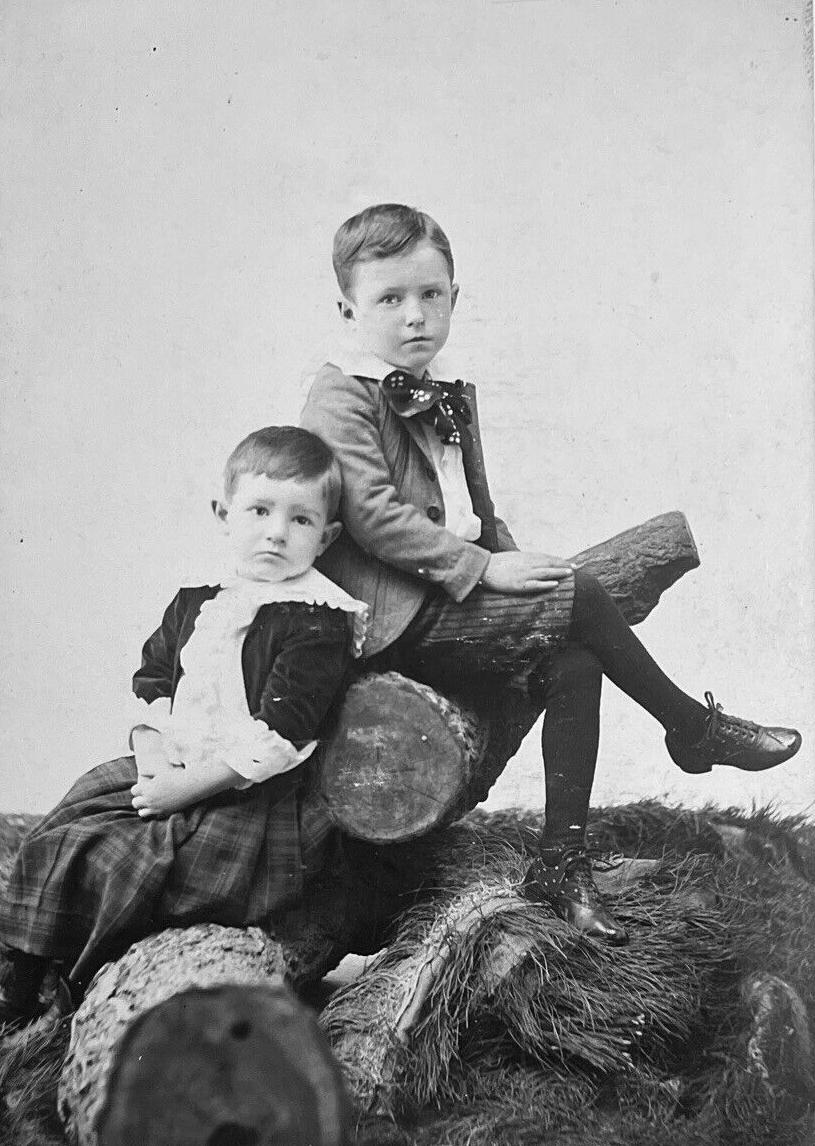
Figure 1.--These Missouri boys we beliece were photographed in the late-1890s decade. The younger boy wears a kilt suit, but note how young he is. At this time the conventions of boys wearung dresses and even kilt suits had larely declined. |

|
The conventions of boys wearing dresses is fairly well understood. Less well understood is why the convention that stood for several centuries rather quickly disappeared in the late-19th century. This appears to be a two-step process. It began with the appearance of the kilt suit which became a major style for American bits in the second half of the 19th century. Now a kilt suit was a skirted garment, but girls did not wear them. And we begin to see far fewer American boys wearing dresses 3 years of age. And the dresses that tended to be different than the dresses that their sisters wore, plainer and with more muted colors. We are not sure what was behind these rather sudden shifts. There are a range of possible factors. We have not found a fashion historian that has addressed this question, but there are a range of possible factors. First, the rise of public education meant that more boys were interacting with more of their peers than ever before and introduced to ideas beyond their mother's control. This made age 6 years when many began school a kind of sea change for boys, both in breaching and hair styles.
Second, the growing influence of the doctrine of Muscular Christianity. Part of the idea here was that boys should not be mollycoddled. Interestingly, the term appeared at about the an=me time. that attitudes toward boys wearing dresses began to change (1840s).
Third, was the Fauntleroy Craze. The elaborate Fauntleroy style was so popular with many mother that surely some boys were breached earlier than mother really intended so they could wear Fauntleroy suits.
Fourth, there may have been piratical reasons that dressing boys in dresses declined. Dealing with toilet training can be a trying experience, especially with boys. And laundry was an enormous task for women. It has been aledged that the development of washing machines and laundry detergents was a greater force liberating women than the 'pill'. We are not entirely sure about that because most (but not all) of the major advances appeared after the turn-of-the 20th century when the convention of younger boys wearing dresses had largely disappeared.
Fifth, the fight for women's rights, especially the suffrage (voting rights) which had become an issue by the late-19th century, may have been a factor. Here we are not sure.
Sixth, nationalism may have been a factor. The French were shocked at their humiliating defeat at the hands of the Prussians in the Franco-Prussian War (1870-71). There was a feeling that French boys were becoming to 'soft'. This led to educational reforms, some of which had a martial emphasis. In Britain, leaders were shocked during the Boer War (1899-1902) at the number of young men that did not meet basic standards for military service. This was the genesis of the Boy Scouts which was seen as a way of toughing up boys.
Seventh, socialism may have been another factor. The rise of the working class has societal as well as political connotations. Throughout history it was the ruling class that set tends and values, including fashion trends. Many societies has sumptuary laws restraining luxury or extravagance. This often meant authorities restricting who could wear elaborate fashions. With the rise of the working class, we begin to see an impact on fashion. And outfitting boys in dresses was primarily an upper- and middle-class convention.
Eighth, psychology emerge as a recognized discipline in the second half of the 19th century, again when attitudes toward dresses began to change. A major figure was German physiologist Wilhelm Wundt who published a ground breaking book (1873). 【Wundt】 While Wundt's work did not filter down to average person, Sigmund Freud
and his work on psychoanalysis did. 【Freud】 Freud postulated that early childhood experiences and unconscious impulses was significant factor in the development of adult personality and behavior. Freud did not address the issue of dressing boys in dresses, but we suspect that it contributed to parental thinking, especially among fathers.
There surely were other factors involved and we welcome any insights readers may have.
Freud, Sigmund. The Psychopathology of Everyday Life (1901).
Wundt, Wilhelm. Principles of Physiological Psychology (1873).
Navigate the Boys' Historical Clothing Web Site:
[About Us]
[Introduction]
[Activities]
[Biographies]
[Chronology]
[Cloth and textiles]
[Garments]
[Countries]
[Topics]
[Bibliographies]
[Contributions]
[FAQs]
[Glossaries]
[Images]
[Links]
[Registration]
[Search]
[Tools]
[Boys' Clothing Home]
Navigate the Boys' Historical Clothing dress pages:
[Return to the Main why dress page]
[Return to the Main breeching page]
[Return to the Main dress page]
[The 17th Century dresses]
[The 18th Century dresses]
[The 19th Century dresses]
[Late 19th Century dresses]
[The 20th Century dresses]
[Alexander Mosley]
[Stephen Tennant]
[Fancy dresses]
[Movie dresses]
[Dress Quiz]
[Sailor dresses]
[Fauntleroy dresses]
[Pantalettes]
[Breeching]
[Leroy's breeching]
[Curls and breeching]
[Older boy dresses]
[Why dresses?]
[Workhouse dresses and pinafores]
[Dress experiences]
[Smocks]
[Pinafores]
